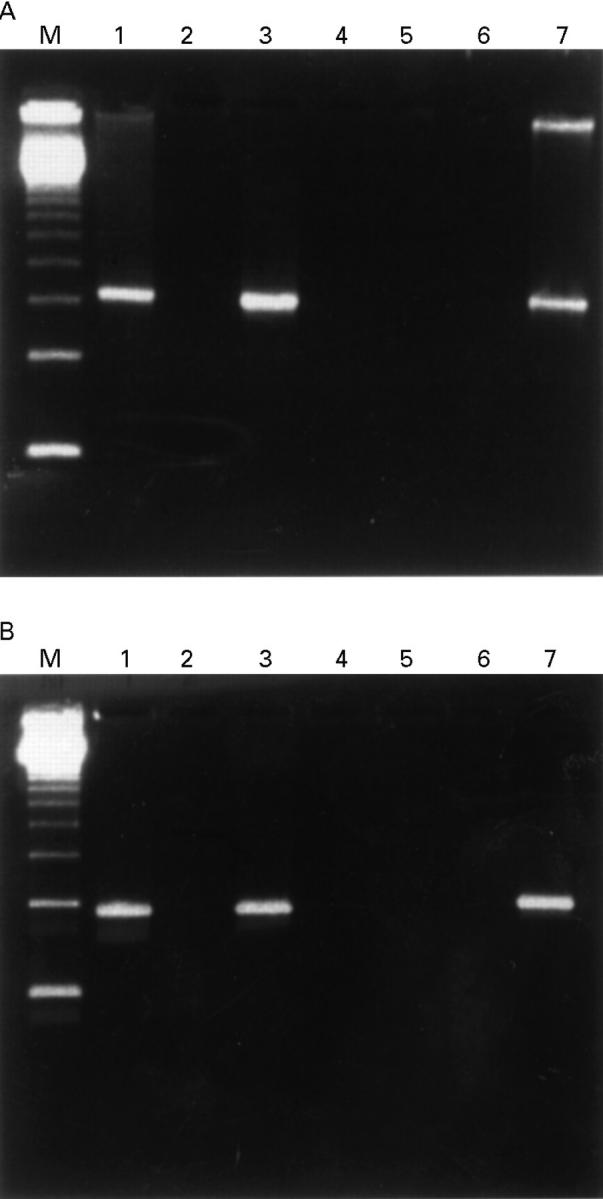Abstract
OBJECTIVES—To identify possible sites of bacterial persistence in patients with treatment resistant Lyme arthritis. It was determined whether Borrelia burgdorferi DNA may be detectable by polymerase chain reaction (PCR) in synovial membrane (SM) when PCR results from synovial fluid (SF) had become negative after antibiotic therapy. METHODS—Paired SF and SM specimens and urine samples from four patients with ongoing or recurring Lyme arthritis despite previous antibiotic therapy were investigated. A PCR for the detection of B burgdorferi DNA was carried out using primer sets specific for the ospA gene and a p66 gene of B burgdorferi. RESULTS—In all four cases, PCR with either primer set was negative in SF and urine, but was positive with at least one primer pair in the SM specimens. In all patients arthritis completely resolved after additional antibiotic treatment. CONCLUSIONS—These data suggest that in patients with treatment resistant Lyme arthritis negative PCR results in SF after antibiotic therapy do not rule out the intraarticular persistence of B burgdorferi DNA. Therefore, in these patients both SF and SM should be analysed for borrelial DNA by PCR as positive results in SM are strongly suggestive of ongoing infection. Keywords: Lyme arthritis; polymerase chain reaction; synovial membrane; synovial fluid
Full Text
The Full Text of this article is available as a PDF (91.7 KB).
Figure 1 .

Detection of (A) ospA and (B) p66 gene sequences of B burgdorferi by PCR in SF and SM from patient 4. Nested PCR products were visualised on a 3% agarose gel stained with ethidium bromide. At presentation in our clinic, PCR was positive in SF (lane 3). After antibiotic therapy, PCR became negative in SF (lane 5) but was positive in SM (lane 7). Lane M: molecular weight markers, lane 1: positive control (B burgdorferi sensu stricto, strain LW2), lanes 3, 4, 6: negative control (water lane).


